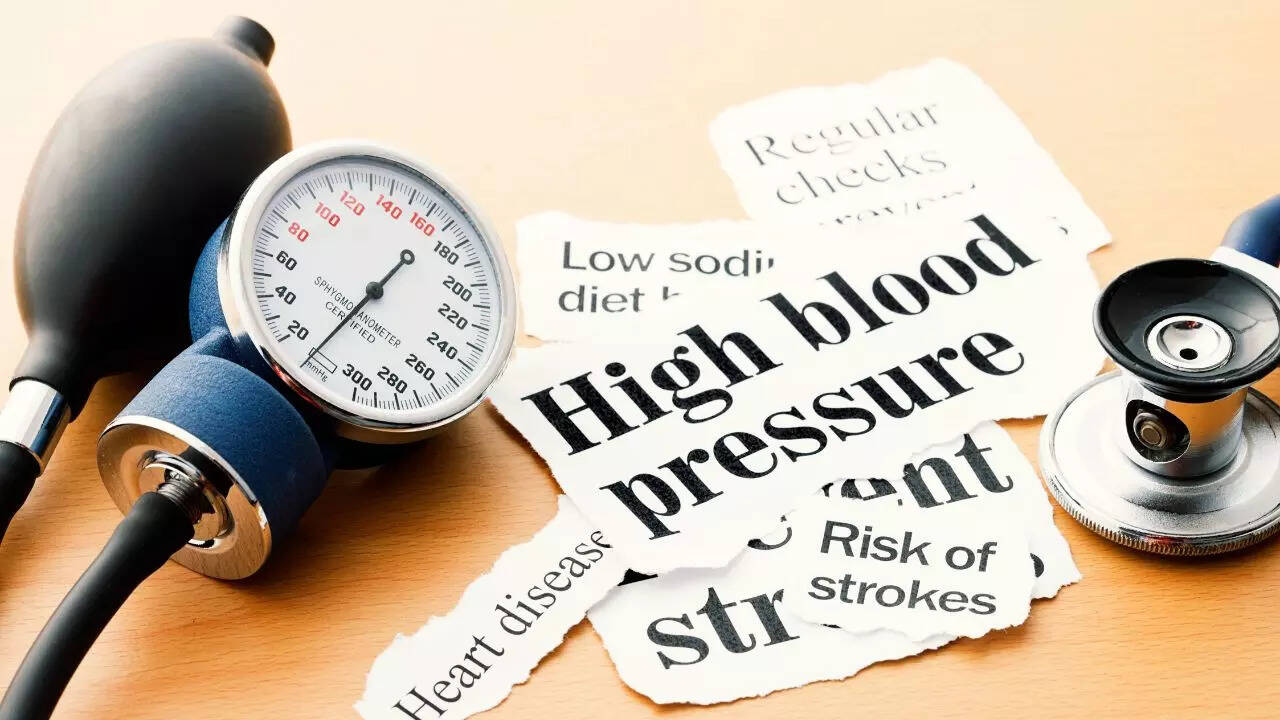Dr. Jill Grimes is the author of “The Ultimate College Student Health Handbook: Your Guide for Everything From Hangovers to Homesickness.” With more than 30 years of experience in private practice and academic medicine, she shares her medical wisdom on social media platforms as Jill Grimes, MD, the College Doc.
Parents typically handle every aspect of their kid’s health care, whether it’s booking appointments, talking to the doctor or doling out prescription medications. Maybe this works fine — until that kid leaves home to go to college or work and ends up in an urgent care in the middle of the night with raging flu symptoms or a broken wrist.
An estimated 3.9 million students graduate from high school in 2025, according to the Western Interstate Commission for Higher Education. In my experience, most of them are not ready to handle their health care as adults.
Many of these graduates will join the 18.4 million students already in college as of the spring semester. Nearly 72% of college students say they have seen a medical provider in the past year, according to the Spring 2024 National College Health Assessment, so chances are your teen will need to visit a doctor at some point, too.
Whether in college or not, your now-adult child needs to learn the skills to take over their own health care. As a family physician focused on young adult health, I want to share my prescription for handling health care at any age.
Every health care visit starts with the front desk person asking for your identification, health insurance card (if you have insurance) and medical information. Keep pictures of the front and back of your insurance card marked as favorites on your phone. Create an accessible file (like a Google Doc) that lists all your medications (with doses), drug allergies, past medical problems and surgeries, family history, and immunization record. (You can even carry the physical insurance card.)
Before you hand over your card, though, consider who pays for the insurance. The policyholder (usually the parent or guardian if you are a teen or young adult) will receive an explanation of benefits, or EOB, after any visit when you use insurance.
It’s not a bill, but an explanation of your office visit charges. Diagnoses aren’t included, but the EOB does list the names of lab tests, procedures or imaging from the appointment. If a test for pregnancy, sexually transmissible diseases or drugs turns up, your parents can connect the dots.
And no, the doctor cannot label a chlamydia screening “strep throat test.” That’s insurance fraud. If you are concerned about your parents knowing the reason for your visit, consider going to a public or student clinic with discounted fees for noninsured visits. Universities almost always have free or low-cost STD clinics for their students.
Why did you make this appointment? Patients often wait until the doctor is standing up to leave before blurting out their real concern, which is typically a sensitive or time-consuming problem, such as wanting to start birth control, having painful periods, or worrying about pregnancy or STDs. Or maybe you have a mental health issue like insomnia, anxiety, depression or addiction.
With today’s office visits often limited to 10 or 15 minutes, both you and your doctor want to make the most of your time together. Start with your main concern, even if it feels awkward or embarrassing to you. Trust me, the doctor has heard and seen it all before and wants the maximum amount of time to address your problem.

In my experience, the No. 1 factor in patient dissatisfaction with a doctor visit is not understanding what to do next if the problem gets worse or isn’t resolving. Never leave the exam room without asking, “What’s next?”
Clarify when and how you will hear your test results: what you should do if you have a bad reaction or aren’t getting better; what time frame is reasonable to expect improvement; and how to effectively communicate back with any concerns (usually through the online patient portal).
People often tell me they went to the doctor and got a prescription, therapy or imaging that didn’t help or didn’t identify their problem. When I ask what the doctor said when they followed up, it turns out they never went back or communicated with the office.
We joke that it’s the “practice of medicine,” but it’s true that our initial diagnosis or therapy isn’t always right. We always have a plan B, C and D. Your doctor can’t know you’re not better if you don’t let them know. Please follow up.
Your doctor has no way of knowing your personal cost for medications unless you are skipping insurance and paying cash, and we’re not good at guessing. Only 1 in 5 doctors accurately predicted their patients’ out-of-pocket costs, according to a 2021 JAMA investigation.
If you get to the pharmacy counter to pick up your prescription and find out the medicine is incredibly expensive, you have choices. Ask whether a generic equivalent is available, and if so, ask the pharmacy to contact your doctor for a less expensive alternative. (The pharmacist may ask you to call yourself, but they often do it themselves.)
Never hesitate to speak up! Doctors may assume a decades-old generic medication is inexpensive, yet insurance formularies may make this traditional drug an overpriced option.
If your doctor prescribes a medication with refills, do not wait until you’re on your last pill to renew it. Pharmacies can take several days or more to refill a medication, so when you pick up a prescription, put a reminder in your phone to request your next routine refill at least three days before it is due.
Medications for attention-deficit hyperactivity disorder have been especially delayed in the past couple of years, subject not only to the required physician approval but also increasing demand, pipeline delays and supply shortages. In 2023, more than 7 in 10 adults in the US who were prescribed stimulant ADHD medications had problems filling their prescriptions because the medications were unavailable, according to 2024 data from the US Centers for Disease Control and Prevention.
Let me apologize in advance: I know it’s irritating when you are asked the same questions multiple times, both in person and through online forms. Know that this is not anyone questioning the validity of your answers, but everyone making sure we focus your visit on your chief complaint instead.
First, asking the same questions creates a safety net because consistency will catch errors. Second, answers change because nervous patients may vary their responses as they move through the system. Third, when the doctor is running late, it can be more efficient to ask the patient rather than read the receptionist’s and medical assistant’s notes.
Parents should not be saying, “Go get an antibiotic for that cough you’ve had for a month,” or “You need an X-ray of your ankle or a CT scan of your head.” It is not helpful. Nearly half of American adults say it’s difficult to afford health care costs, according to KFF, yet patients continue to demand treatments, imaging and procedures that are not needed based on evidence-based guidelines.
Most respiratory illnesses and post-viral coughs do not improve with antibiotics (because they are not caused by bacteria), and most “sprained” ankles do not require X-rays. Nothing is wrong with encouraging your teen or young adult to head to the doctor, but please don’t set firm diagnostic or treatment expectations unless you are also a medical professional.
Health care adulting doesn’t mean needing to know everything before you see a doctor, but being prepared, speaking up and asking the right follow-up questions will go a long way toward getting better care. Learning these important skills takes practice to feel comfortable at any age, but doing so will help turn intimidating medical appointments into more efficient and productive — and less stressful — visits.
Sign up for CNN’s Adulthood, But Better newsletter series. Our seven-part guide has tips to help you make more informed decisions around personal finance, career, wellness and personal connections.

